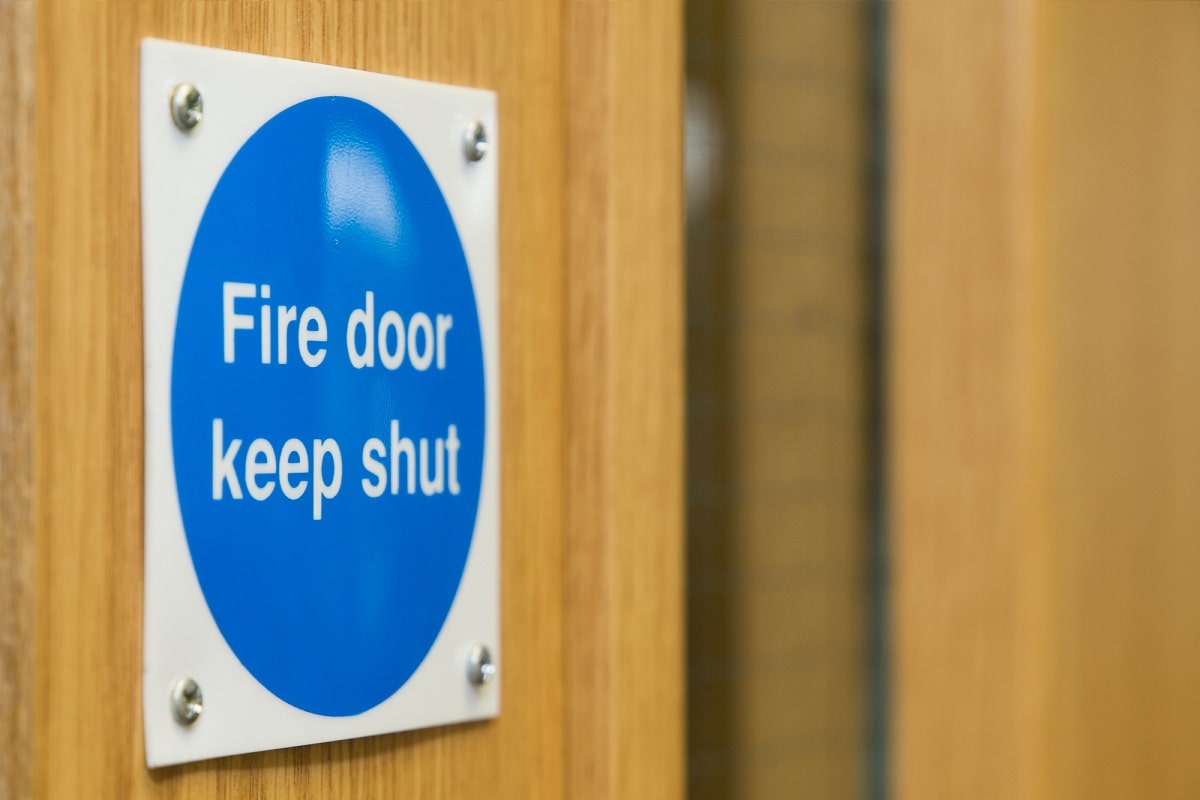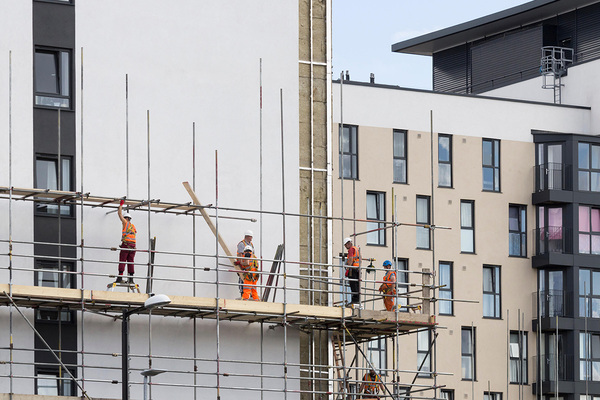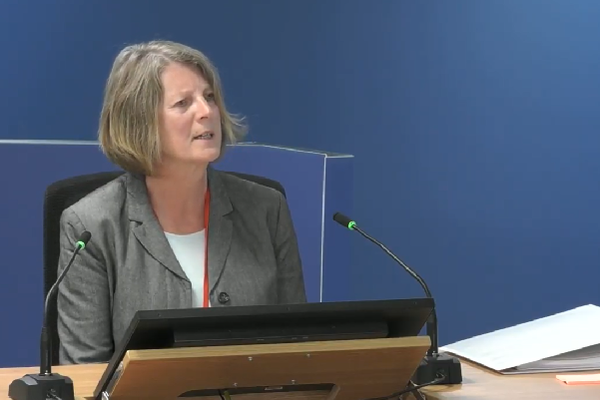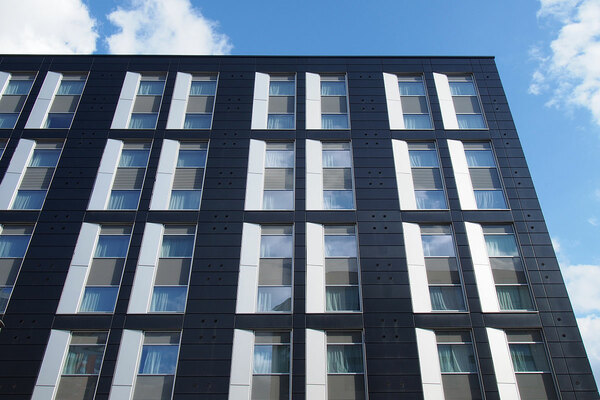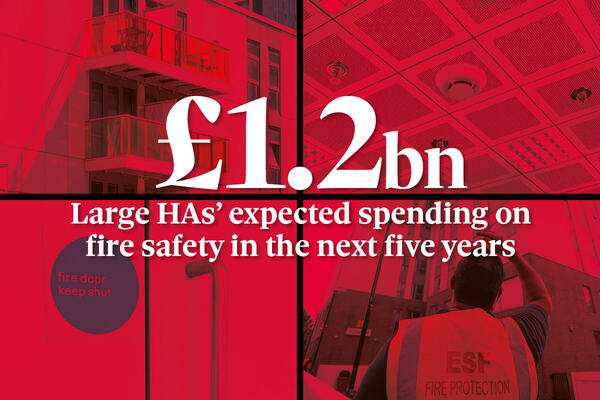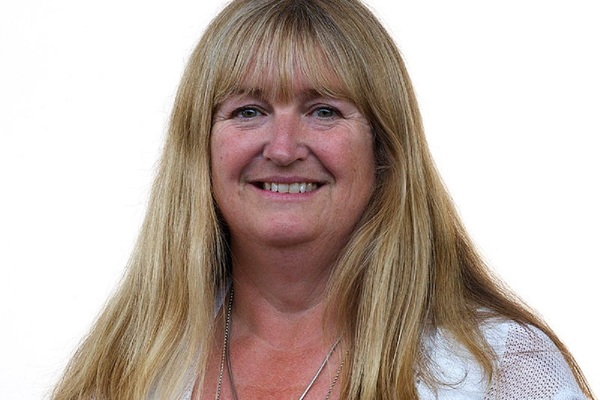How is fire safety shaking up the sector?
Half the respondents to an Inside Housing survey of social landlords said fire safety would be their biggest housing management concern of the next 12 months. But it is also helping to accelerate change
In association with:

A wave of remedial works has taken place across the social housing sector in the three years since the Grenfell tragedy. Prompted in part by the government’s revised Fire Safety Bill and changes to building regulations, social landlords have conducted major refurbishments as well as repairs and maintenance, to ensure their stock is up to standard.
But an exclusive survey conducted by Inside Housing and built environment communication specialist BECG shows that although much has been done around fire safety, the job is far from over, with fire safety costs anticipated to take a further financial toll on the sector in the year ahead.
At the same time, the challenging backdrop of COVID-19 means that an interesting trend towards digital communication appears to be accelerating, as social landlords grapple with the complexities of keeping their residents informed about what are often complex and disruptive works.
Financial impact
Our survey polled 111 organisations from across the UK, the bulk of which (89.2%) are part of the social housing sector; nearly two-thirds of those were housing associations.
The other 10% of survey respondents was made up of private rented landlords (4.5%), construction companies (2.7%), hospital trusts (0.9%) and supported living facilities (2.7%).
When asked to rank fire safety surveying and remediation work in terms of the organisation’s risk management, a sizeable 82% of organisations said it is a top-three priority and nearly a third said it is a number-one priority.
Meanwhile, nearly half the respondents said fire safety remedial work and surveys would be their biggest housing management issue over the next 12 months.
The results also crystallise just how much of a financial impact this will have on the sector – more than half the respondents said fire safety costs would have either a “very significant” or a “significant” impact on their financial performance over the same period.
Tony O’Neill, director of asset management at Sanctuary Group, who took part in the survey, agrees that fire safety costs will undoubtedly affect the sector in a major way. He says: “Absolutely [fire safety costs] are going to have a significant impact, particularly with the guidance that’s coming out. Bearing in mind that we wouldn’t have allowed for this two to three years ago in terms of reinvestment or strategy going forward. In fact, I personally think it’s going to put quite a lot of housing associations under.”
Mr O’Neill was one of the 66 respondents (63%) who believe the government is not providing enough financial support to cover the cost of external wall fire safety surveying and remediation work.
Communication is key
Elsewhere in the survey, we tried to gauge how the sector is communicating these remedial works with its residents. From the responses, a clear trend emerged towards organisations offering a more digital approach – a substantial 76% of respondents said they have either implemented a more joined-up digital consumer approach over the past year or would be looking to introduce one in the next 12 months.
Interestingly, a further 31% said they have implemented new systems faster as a result of COVID-19, while 22% said their transformation will be complete in the next 12 months and 18% said it will be finished in the next two to five years.
Julius Duncan, board director at BECG, says the survey shows the sector is clearly on board with cutting through these complicated issues to find ways of communicating better with residents, with the pandemic playing a critical role in accelerating that innovation.
“You’ve got a double effect of just how much additional work there is and communicating this quite complicated information to residents, plus you’ve got COVID-19 wrapping around that, which means digital communication and remote engagement is becoming more and more important,” he says.
“For those landlords who have needed to continue with large fire safety remediation projects this year, it has been vital to update residents to the changes that will affect their home, for example the erecting of scaffolding or the temporary closure of a car park.
“To keep projects moving, many housing providers have been relying on technology a lot more, such as holding resident meetings as webinars. We’ve found residents respond to this well as they like the real-time conversation and because of the flexibility of an online forum compared to a physical meeting, there has been more attendance. It is also more engaging and effective than delivering letters through doors – and there is the cost-saving element.”
This shift towards digital communication is not without its challenges. One survey respondent noted: “We are adapting our system, but due to levels of digital inclusion amongst customers this will limit the effectiveness and may lead to more complaints and disputes. Furthermore, if feels the harder to reach may have become more difficult to engage with.”
Another survey respondent, Thirteen Group’s director of asset investment and compliance Paul Jenkins, says that means it is important to work with residents to bring them along in the process.
He adds: “We’ve found through various resident groups that most of our customers are digitally savvy and connected. But, where it’s needed, we have a digital connection conversation at the point of consultation with residents, so we try to upskill customers and get them on to tablets and help them work through the technology.”
In recent months, Thirteen has taken most of its services online through a new digital service called My Thirteen. Mr Jenkins says this is how the group anticipates interacting with customers in future, although he adds that a multichannel communication approach will still be necessary.
